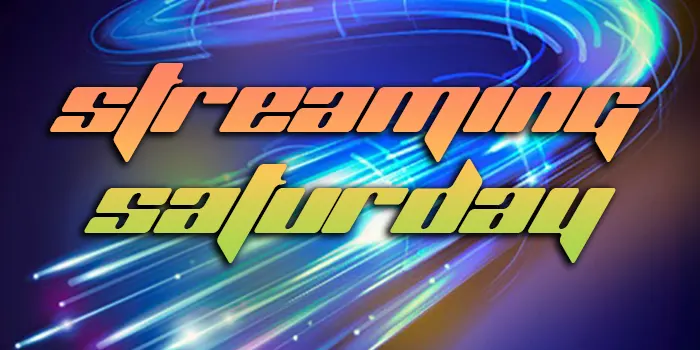Hey, remember when you first got on social media? Knowing the folks who tend to read this blog, you probably got on Facebook in 2009 or 2010. You’d heard of MySpace but you never got into it. You joined Facebook, and possibly Twitter and LinkedIn not long after that.
Social media was fun in the early days, because it was focused on peer-to-peer communication. It was where you went to find long-lost friends and old coworkers. It was a place you could scream out into the void, and someone in the void would scream back in support. It’s not like that anymore.
Where did social go wrong?
I’m not going to go into the million ways that social media did go wrong. There are a lot of places you can read that sort of article. We all know what social media has become by now. No need to rehash any of that. All I can say is that if you’re in the age group of most folks who read this blog you’re both fed up with and still addicted to at least one social network. Like me, you think things were better before.
And they were. But we all knew at some point they wouldn’t be.
In the early days, social networks had very few, if any, ads. Very little research was done to help the companies running them figure out who you are and what you like. But unfortunately, those days couldn’t last forever. Companies need money and in the case of social media, money comes in two ways. Either they can sell ads, or they can essentially sell you. Networks started insidiously collecting information on what you like. They created the concept of groups to figure out what you will read and interact with. Sooner or later, they started tailoring what you see so it was most likely to get you to click and engage. We all know that. That’s old news. What’s new, and why this is a “Streaming Saturday” article, is the real focus of this article.
And that is….?
Social media as we once knew it is dying fast. We’re moving rapidly away from a model where regular people talk to regular people. Now it’s all about following mega-influencers, folks who grow their audiences deliberately and who you tend to believe. Of course your choice of influencer is unique. You may favor a political figure or a person who is conventionally attractive. You may like someone serious or someone who calls attention to something important. Or you may like a little of all of those people.
What’s important to understand is by changing the model away from peer-to-peer and toward influencers, social media and streaming have collided. This isn’t something in the future, this is now. This has already happened. Because every video site lets you comment and share, they’re social networks. The biggest ones won’t surprise you: YouTube, Instagram, and TikTok. These are the channels that are driving the future of social media. And they aren’t really social networks as we used to think of them. They’re streaming sites.
The new idiom: watch and be watched
Broadcasters have tried for years to use social interaction to get data from customers. Even DIRECTV tried it with their app, which they positioned as a second screen to get people to have watch parties. This was a while back and people weren’t ready for it. The idea flopped.
Today, though, the expectation is that you’re going to watch stuff and subscribe to influencers. Younger folks have more or less accepted that there is no such thing as online privacy, and they are ok with that. Should you be? I’m not sure I know the answer to that question. I’m someone with a modest, but meaningful following thanks to this blog and our YouTube channel. I try to use that data responsibly. I’m not sure if every influencer feels the same way.
In the end the young people are right. In most cases, unless you explicitly block tracking, pretty much everything you do online is traced back to you. It may be impossible to have an online life without that. All I can say is that some apps are doing it above board, like Instagram and YouTube. It remains to be seen what TikTok will do with its massive cache of user data. I’m a little worried about that, but I do try to realize there’s only so much I can do.

